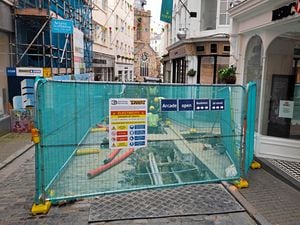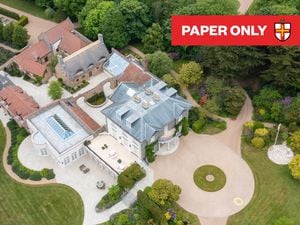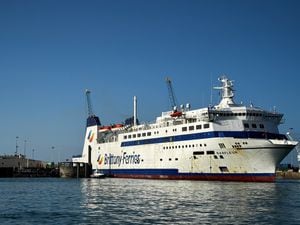Appeal against La Pointe planning refusal dismissed
A TRIBUNAL has dismissed an appeal against the refusal of planning permission to build six houses on La Pointe in the Vale.
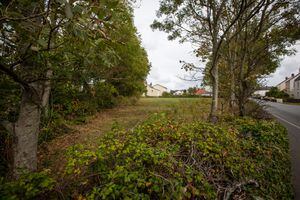
The appeal was made by Simon Holland of Hillstone Guernsey Ltd – who bought the land for £420,000 in 2018 – against the decision made by the Development & Planning Authority in March 2020.
But it failed as a result of the ‘unacceptable’ impact the development would have on the landscape character, which would be ‘irrevocably damaged’ if supported. The site is on the eastern side of the junction of Braye Road with Les Mares Pellees.
Another reason for its refusal was the loss of ‘local distinctiveness of the immediate locality’.
It means the proposal to build three pairs of semi-detached houses cannot go ahead as it stands.
Both were considered to come from the loss of all of the existing trees and the existing stone boundary wall on the site fronting the Les Mares Pellees of which the DPA had said would mean residents on this side would lose the ‘intimacy’ they had with them being there.
In his appeal notice decision, presiding member Stuart Fell, pointed to the shortcomings of the DPA that had led to a breakdown of trust between themselves and the appellant following ‘a lack of transparency’ and delay in the application and directed the DPA to review their procedures in future.
However, he agreed with the DPA’s assessment that the site ‘does not form part of a wider area of open landscape so in and of itself its development would not have an unacceptable impact on open landscape character in the area’.
He supported the overall DPA appeal argument that the development would ‘result in the unacceptable loss of any specific distinctive features that contribute to the wider landscape character and local distinctiveness of the area concerned’ as instructed in the use of the Island Development Plan related to the landscape character and open land.
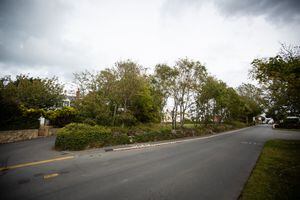
The value of trees dominated proceedings with their significance to the area used as a reason for the refusal.
It saw Mr Fell draw attention to the busyness of the area and said this needed to be taken into account.
‘The substantial traffic flows and the expansive highway surfaces tend to be the dominating characteristics of this area,’ he said.
‘The trees on the frontage of the appeal site are important for the natural relief they provide in an otherwise rather hostile man-made environment.
‘In terms of landscape character, we see that the importance of these trees is in providing a natural incident in this otherwise built-up area.’
Two properties along Les Mares Pellees were said to face devaluation if there was an increased sense of urbanisation in the character of this lane.
Although he did welcome new ideas from the appellant, such as the repositioning of plans for a bus shelter to retain trees, as well as a small planted landscaped area of native species to strengthen the landscape value, one which he said ‘offers the potential to provide worthwhile enhancement to amenity in the longer term’.
The appeal on 3 December was one of two made on the site with the first appeal against a Tree Protection Order on 46 trees on the field, known as ‘triangle field’, resulting in the TPO being halved to 23 trees.
However, two trees were subsequently felled due to their poor condition meaning 44 tree remained at the site.
Three proposals have been rejected so far, including one for eight houses, this six-house scheme and, most recently, for two houses on the triangular field.



